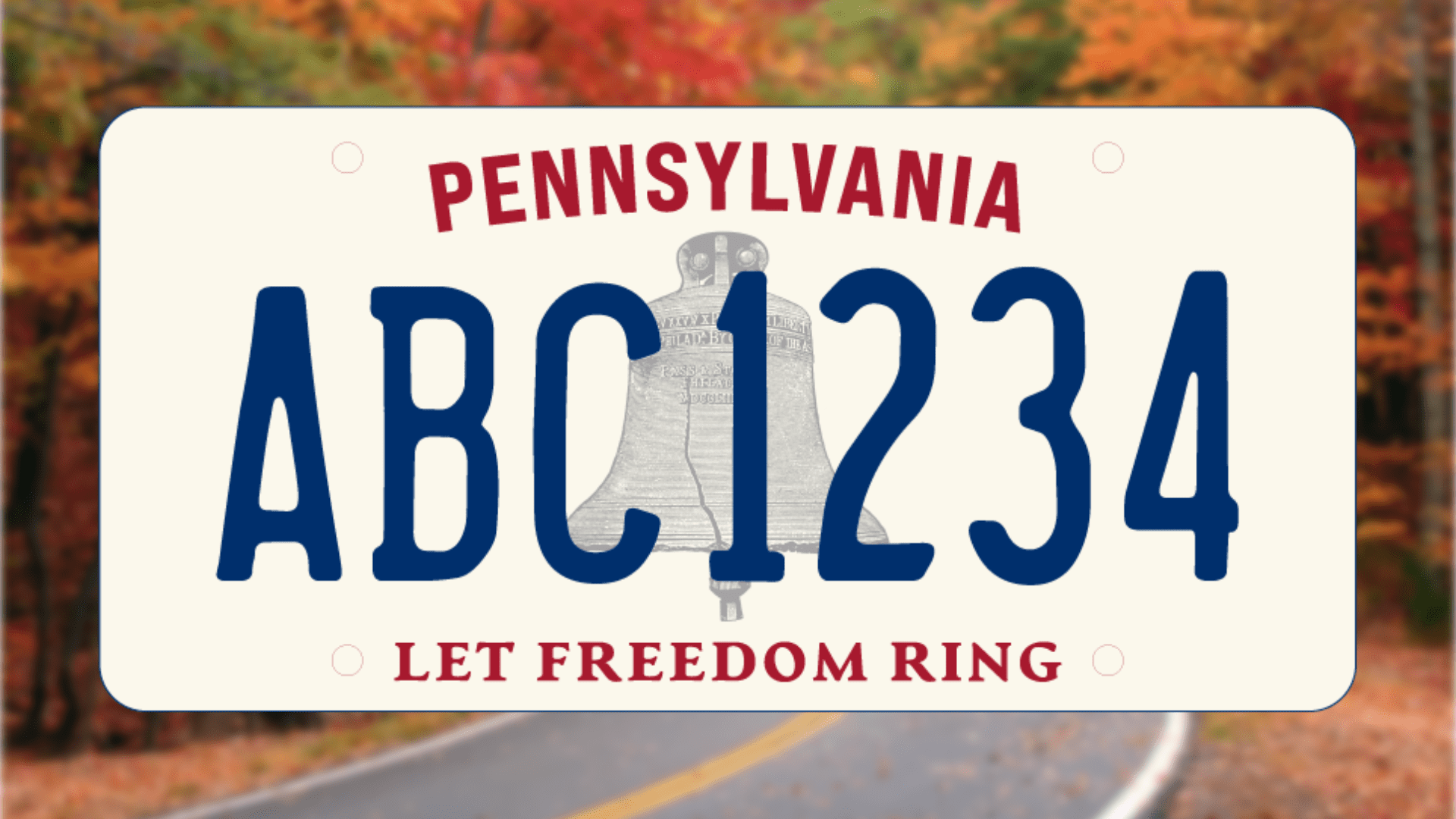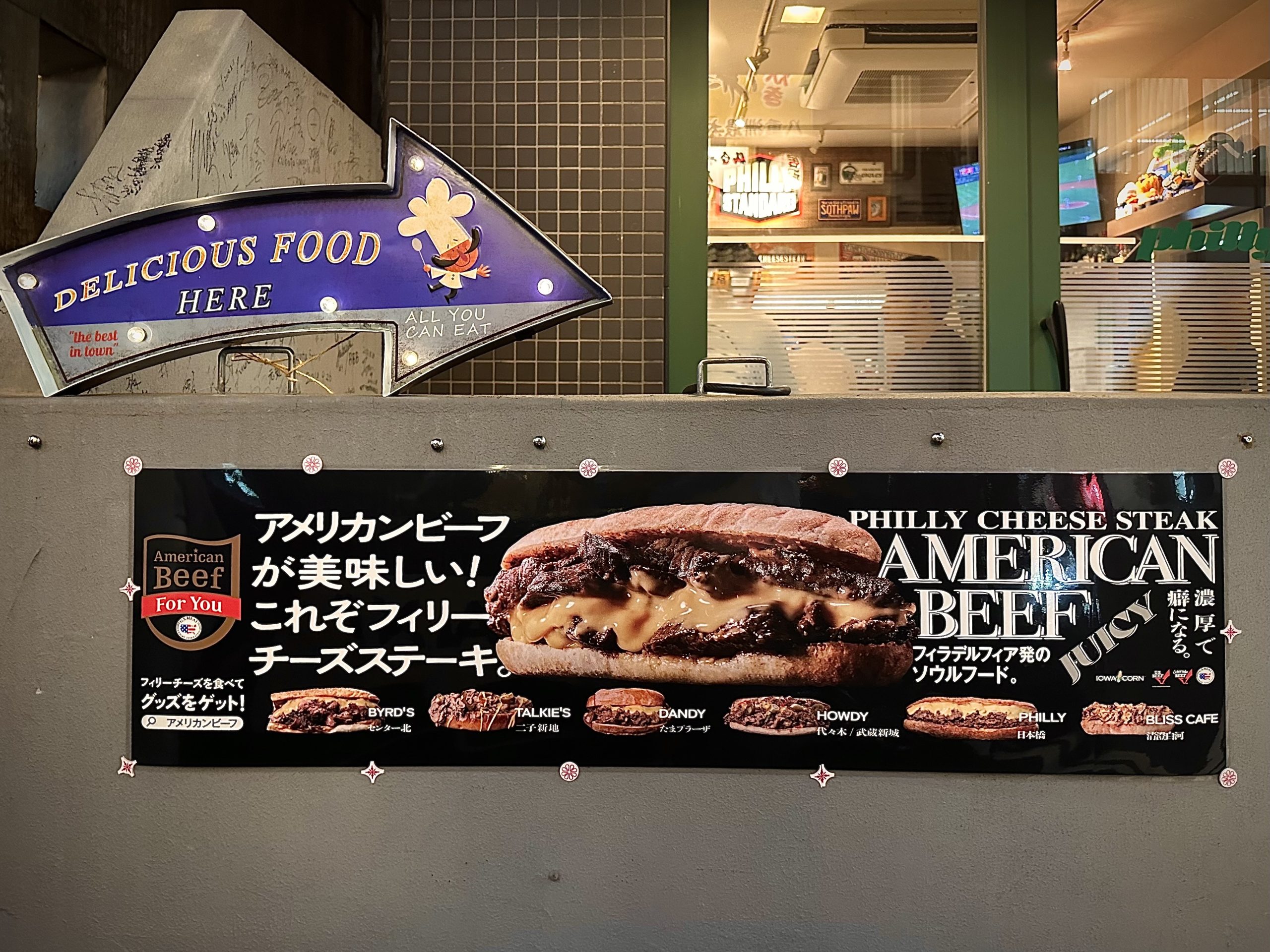Heat waves are uncomfortable at best, and deadly at worst.
And while they’re not new – The National Oceanic and Atmospheric Administration’s (NOAA) records indicate some intense heat waves in the past 100 years — it seems that, in some places, climate change is making them more intense and more frequent.
With that in mind, and as we prepare for another overheated weekend, let’s look at some of the worst heat waves Philly has ever gone through.
(Before we do that, let’s point out WHYY’s comprehensive guide to staying safe and cool when the temperatures soar.)
The 20th century came in hot
Starting at the beginning of the century the East Coast — Philly included — experienced one of the deadliest heat waves in American history. For almost two full weeks from June to July in 1901, Philadelphia endured temperature highs that ranged from 90 to a whopping 103 degrees. This heat wave set a record in the city for most consecutive days above 90 degrees— a record that wouldn’t be broken until half a century later. This prolonged, intense heat caused an estimated 9,500 deaths along the East Coast.
In August 1918, Philly saw high temperatures that reached a whopping 106 degrees during a much shorter heat wave. Now, over a century later, some days have come close to breaking that record, but August 7, 1918 still holds the title of hottest day in Philadelphia’s recorded history.
The Great Depression
Between 1930 and 1938, the Dust Bowl plunged the East Coast into some of the most intense heat that the country has ever seen. Starting in the midwest and plains regions, the Dust Bowl was a period of intense dust storms that came as a result of poor irrigation practices, intense drought and heat. While the midwest saw the worst of its effects, the dust storms during these years traveled as far east as New York City and choked the whole East Coast with dry, suffocating heat.
July 1936 saw the worst of the Dust Bowl years for Philly, when highs in the city didn’t drop below 95 degrees for four days straight. July 10 was the worst of it, with a high of 104 degrees. It didn’t break the record for hottest day on record, but it came close.
Another drought and heat combo
Finally, another intense heat wave slammed Philadelphia in 1954. The city saw highs above 90 degrees for six consecutive days, peaking on July 31, 1954 with a high of 102 degrees. This heat was made more intense by an intense drought — July 1954 only saw an accumulated 1.24 inches of precipitation, down from a normal level of 4 inches of rain during the month.
Keeping the old in with the new
Keep in mind that in the 1920s, Philadelphia residents couldn’t duck into their favorite coffee shop to soak in some air conditioning and drink a tall iced coffee. Key innovations like air conditioning units and water ice stands have made heat waves much more tolerable since those early-20th-century heat waves. However, not everyone has access to air conditioning, pools, or other methods to cool down — particularly people without housing or on low incomes.
Air conditioning is only part of the fight against heat in the modern age. Drinking lots of water, staying out of the sun, and taking a cool dip in the pool or making your way to a cooling center during our modern heat waves will help you stay cool and healthy. So look out for yourself and your more vulnerable neighbors. And again, put WHYY’s guide to managing extreme heat to good use.























